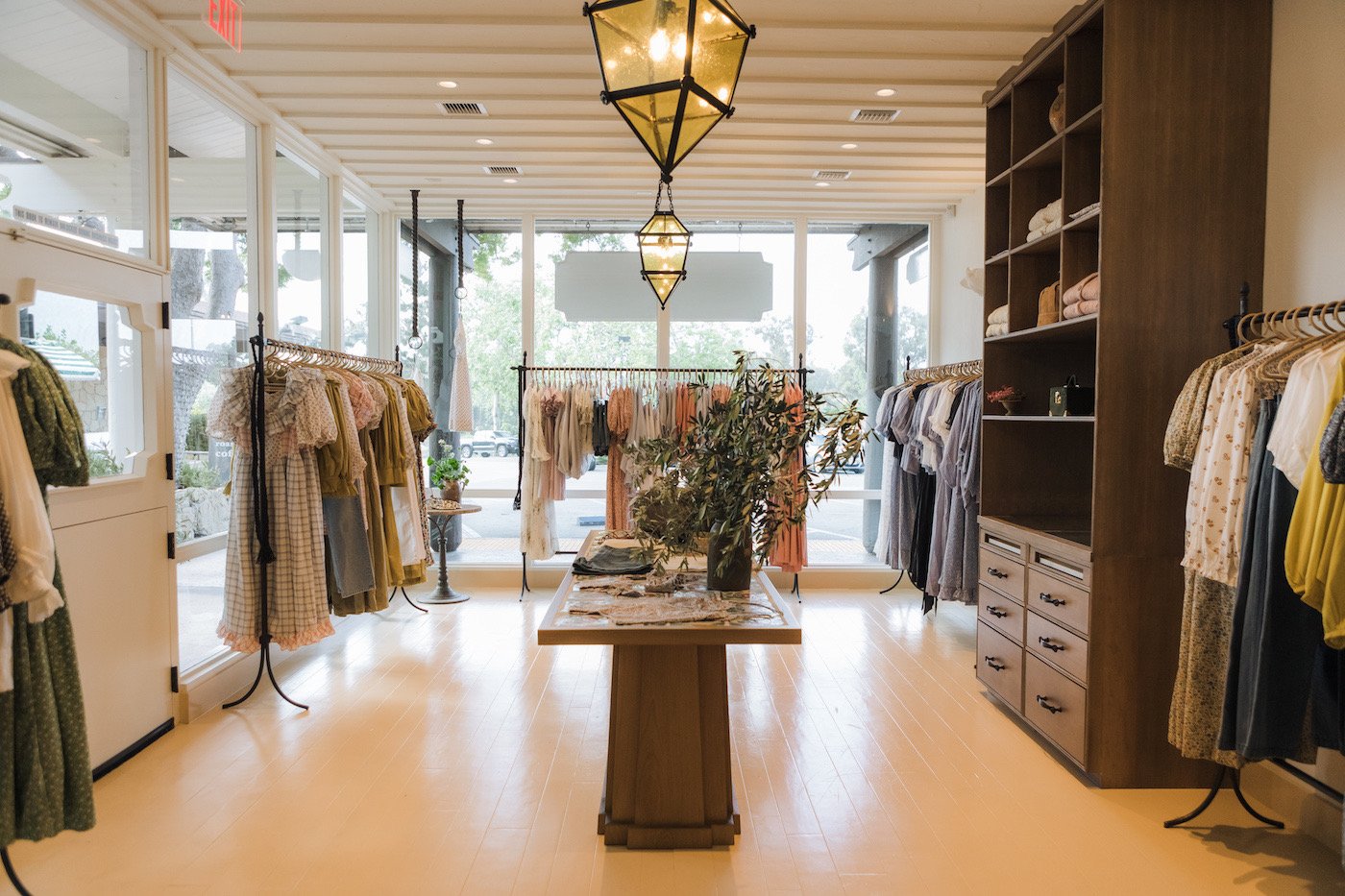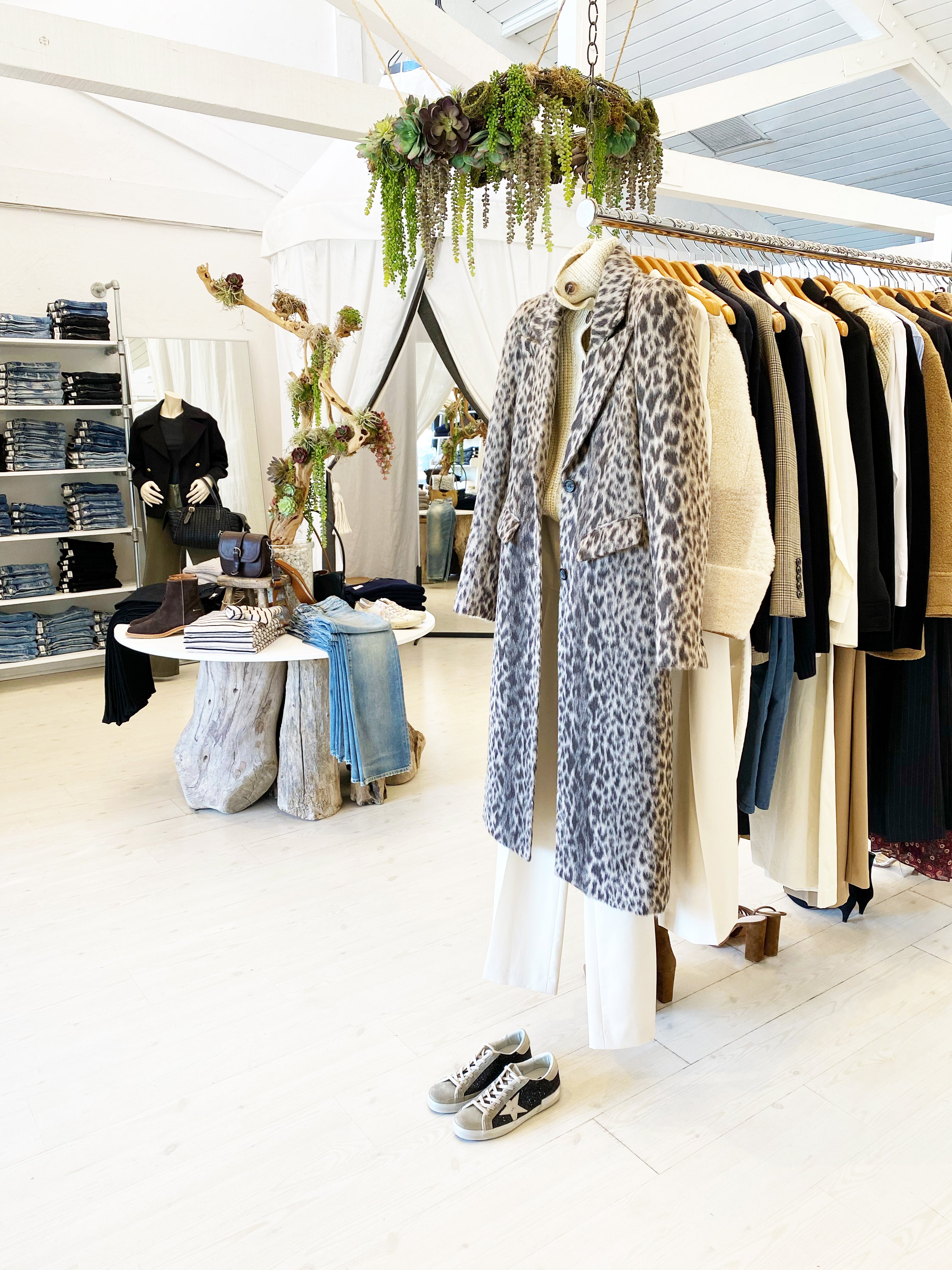Just how to Style Your Outfits with Boutique Fashion Finds
Just how to Style Your Outfits with Boutique Fashion Finds
Blog Article
Exploring the Development and Effect of Garments on Modern Fashion Trends
The advancement of garments has substantially influenced contemporary fashion trends, combining historic criteria with advanced developments. Renowned numbers like Coco Chanel and Yves Saint Laurent transformed the fashion industry by introducing concepts that focus on convenience and availability, which continue to resonate today. Technological strides in areas such as 3D printing and smart textiles are redefining design opportunities and customer experiences (boutique fashion). Furthermore, the growing emphasis on inclusivity and sustainability is reshaping sector standards. As we take into consideration these diverse influences, one have to doubt how these components collectively redefine fashion's role in reflecting and shaping modern culture.
Historical Fashion Influencers
In the tapestry of fashion history, certain numbers have left an enduring mark, shaping the fads and designs that define entire eras. Coco Chanel, an innovative designer, redefined females's fashion by introducing comfortable, classy clothes that departed from restrictive corsets.
Elsa Schiaparelli is another crucial figure, renowned for her progressive designs that incorporated surrealist art, collaborating with Salvador Dalí to develop whimsical items that challenged conventional aesthetic appeals. Her ingenious use color and strong patterns resounds in contemporary fashion. Yves Saint Laurent, on the other hand, democratized high fashion with prêt-à-porter collections, bringing runway styles to the masses and establishing a precedent for contemporary ready-to-wear lines.
These dreamers, amongst others, not just reinvented style in their times however likewise established sustaining patterns that reverberate in today's fashion business, supplying a structure upon which modern developers remain to build and introduce. Their traditions emphasize the significance of creativity and daring in vogue's ever-evolving narrative.
Technological Developments in Fashion
Amidst the vibrant landscape of the garment industry, technological advancements stand at the leading edge of technology, reshaping how designers produce and customers involve with fashion. The assimilation of 3D printing has transformed layout processes, making it possible for designers to explore intricate frameworks and sustainable products that were previously impossible. This modern technology assists in rapid prototyping, lowering waste and quickening production times.

Smart fabrics, embedding innovation right into textiles, are likewise transforming the sector. Innovations like temperature-regulating and self-cleaning materials offer boosted capability and convenience. Wearable technology, incorporating functions like fitness monitoring and interaction, includes a brand-new measurement to style, merging looks with practicality.
Cultural Shifts and Style
As technological innovations remain to reshape the fashion business, cultural shifts are similarly influential, redefining style and customer preferences. my blog In recent times, the rise of social media systems has increased the dissemination of worldwide fashion patterns, allowing diverse cultural influences to exist side-by-side and converge. This electronic interconnectivity has actually facilitated the fast exchange of concepts, causing a much more diverse and comprehensive analysis of design that mirrors the complex nature of modern culture.
Social understanding and gratitude have triggered developers to draw ideas from a more comprehensive range of ethnic and historical contexts, incorporating traditional concepts with contemporary looks. This fusion has resulted in style that resonates with a bigger audience, promoting a feeling of identity and belonging across different demographics. In addition, the enhancing need for personalization has driven brands to offer adjustable alternatives, allowing consumers to share individuality while showing their social heritage.
Additionally, changing societal values have influenced style, with inclusivity and variety ending up being main styles. The market has started to embrace models and influencers of different type of body, ethnic cultures, and gender identifications, challenging conventional appeal requirements. This makeover underscores the power of cultural shifts in forming the future of fashion, as design ends up being a more authentic expression of personal and cumulative identification.
Sustainability and Modern Layout
While the fashion business continues to progress, the necessary for sustainability has become progressively urgent, influencing contemporary style techniques. This change intends to resolve honest considerations and environmental worries, resulting in a reevaluation of conventional manufacturing techniques. Developers are now integrating sustainable products, such as natural cotton, recycled polyester, and naturally degradable fabrics, right into their collections, decreasing the eco-friendly footprint of style. The increase of sluggish style, which highlights quality over quantity, motivates customers to spend in timeless items instead than short-term trends.
Furthermore, modern layout is identified by its technology in reducing waste and promoting circularity. This method not only mitigates ecological effect however also improves the social obligation of fashion residences.

Future Trends in vogue

Sustainability will certainly continue to be a driving force in shaping future fashion fads. The market is progressively taking on environmentally friendly materials and ethical production techniques, replying to an expanding customer demand for responsible techniques. Technologies such as bio-fabricated products and closed-loop recycling systems are readied to redefine how clothing is created and eaten, reducing ecological influence while keeping style and quality.
Cultural changes, consisting of the increase go right here of inclusivity and diversity, will certainly additionally play a pivotal function. As culture becomes more knowledgeable about social issues, fashion is anticipated to come to be a platform for expression and change. Designers will likely concentrate on developing collections that show a more comprehensive series of identifications and experiences, promoting depiction and ease of access.
Verdict
The evolution of clothing dramatically affects modern-day style trends, where historical influences merge with contemporary styles. This recurring evolution underscores fashion's duty as a mirror to societal worths and technical innovation, recommending a future abundant with advancement and inclusivity.
The evolution of apparel has substantially influenced modern-day style patterns, merging historic precedents with advanced advancements.Amidst the vibrant landscape of the fashion industry, technological improvements stand at the leading edge of innovation, improving exactly how designers produce and customers engage with fashion.While the fashion market proceeds to develop, the imperative for sustainability has become progressively urgent, influencing modern design methods. As sustainability comes to be embedded in modern layout, it paves the way for a more accountable and conscious style market.
The advancement of apparel substantially impacts modern fashion fads, where historical impacts combine with modern layouts.
Report this page